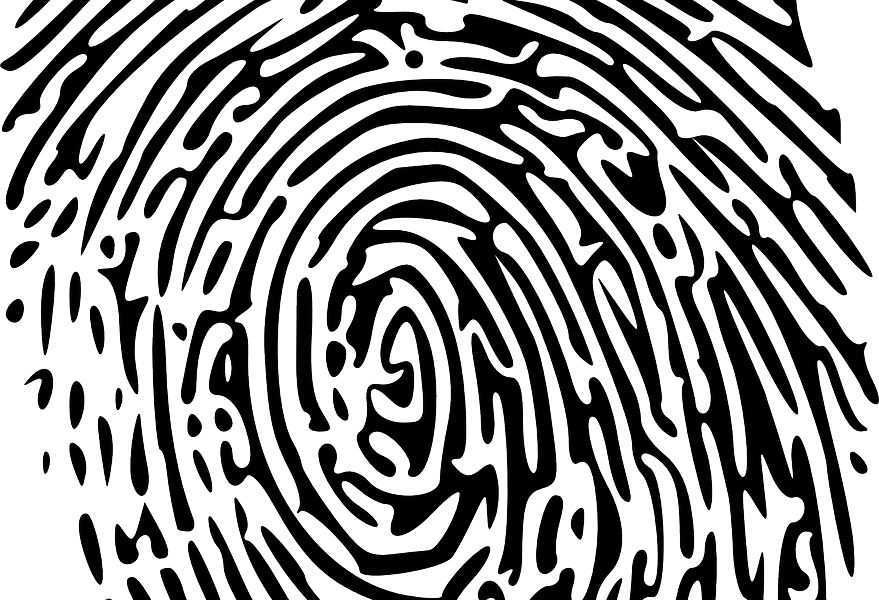The Most Dangerous Man on Earth: A Comprehensive Analysis

The Most Dangerous Man on Eart A Comprehensive Analysis
Introduction

The concept of the ”most dangerous man on earth” has intrigued humanity for centuries. This article aims to provide an in-depth overview of this enigmatic figure, exploring their various types, popularity, quantitative measurements, differences among them, and a historical analysis of their advantages and drawbacks. Join us on this journey to uncover the secrets behind the most dangerous individuals in the world.
1. Understanding the Most Dangerous Man on Earth
The term ”most dangerous man on earth” refers to individuals who possess significant power, influence, or capabilities that have the potential to cause widespread harm or pose severe threats. These individuals can operate in various domains, including politics, criminal activities, terrorism, or even corporate corruption.
1.1 Types of the Most Dangerous Man on Earth
There are multiple types of the most dangerous man on earth, each with their own characteristics and areas of expertise. Some common types include:
1.1.1 Political Manipulators: These individuals exploit their political positions and influence to manipulate systems, curbing freedoms, and amassing power.
1.1.2 Criminal Masterminds: Known for their intricate criminal networks, these individuals excel in evading law enforcement and orchestrating high-profile criminal activities.
1.1.3 Terrorist Leaders: These individuals mastermind acts of terror, incite violence, and sow fear among populations through both physical and psychological means.
1.1.4 Technological Threats: In this digital age, individuals capable of hacking critical systems or unleashing cyber attacks pose a significant danger to national security and public well-being.
1.2 Popularity and Infamy
The popularity of the most dangerous men on earth is closely linked to media coverage, public fascination, and the perceived threat they pose. High-profile individuals like dictators, drug lords, or international terrorists often dominate headlines and become household names.
2. Quantitative Measurements of Dangerousness
Quantifying dangerousness is a challenging task, as it encompasses a wide range of factors. However, several measures offer insights into the impact and influence of the most dangerous men on eart
2.1 Body Count: The number of casualties resulting directly or indirectly from an individual’s actions is one key measure of their dangerousness. This includes casualties from war, terrorism, drug trafficking, or other criminal activities.
2.2 Economic Impact: The financial cost caused by an individual’s actions, such as damage to infrastructure, loss of productivity, or fiscal burdens on governments, provides another perspective on their level of danger.
2.3 Global Threat Index: Various organizations, including intelligence agencies, maintain threat indices that rank individuals or groups based on their potential harm to national or international security.
3. Differences Among the Most Dangerous Men on Earth
While all dangerous individuals are united by their ability to cause harm, notable differences exist among them. These differences stem from their motives, methods, and the scope of their operations:
3.1 Ideological Motivations: The most dangerous men on earth can be driven by ideologies such as political extremism, religious fanaticism, or personal gain, shaping their actions and the threats they pose.
3.2 Organizational Structures: Some individuals operate as lone wolves, while others lead highly structured organizations with hierarchical chains of command. The structure influences their ability to coordinate large-scale operations and evade detection.
3.3 Targeted Entities: The targets vary widely among dangerous individuals, with some aiming for governmental institutions, others for civilian populations, and some for economic or infrastructure systems.
4. Historical Overview of Advantages and Drawbacks
Throughout history, the most dangerous men on earth have played pivotal roles, pulling the strings of power and instigating chaos. However, their actions have also elicited significant responses from governments, organizations, and society as a whole:
4.1 Advantages
4.1.1 Shaping Political Landscapes: Certain individuals have used their dangerousness to overthrow existing regimes, catalyze revolutions, or make drastic changes to the geopolitical landscape.
4.1.2 Probing Security Weaknesses: Dangerous individuals often expose vulnerabilities within security systems, prompting authorities to adapt and strengthen their efforts, thereby enhancing overall security.
4.2 Drawbacks
4.2.1 Loss of Human Life: The actions of dangerous individuals have resulted in countless innocent lives lost, leaving lasting scars on communities and jeopardizing social harmony.
4.2.2 Erosion of Trust: Citizens’ trust in their governments and institutions can be eroded when they fail to protect against or effectively respond to the threats posed by dangerous individuals.
Conclusion
The world has witnessed numerous dangerous individuals throughout history, each leaving a distinct mark on society. Understanding their types, quantifying their dangerousness, and analyzing their differences allows society to better navigate the challenges posed by these individuals. As we move forward, let us remain vigilant and united in our efforts to ensure the safety and security of our world.
















































